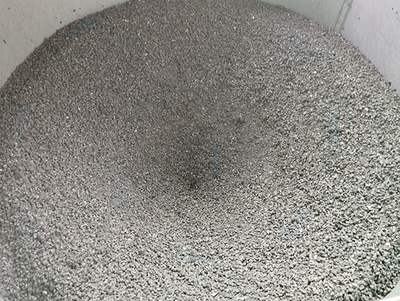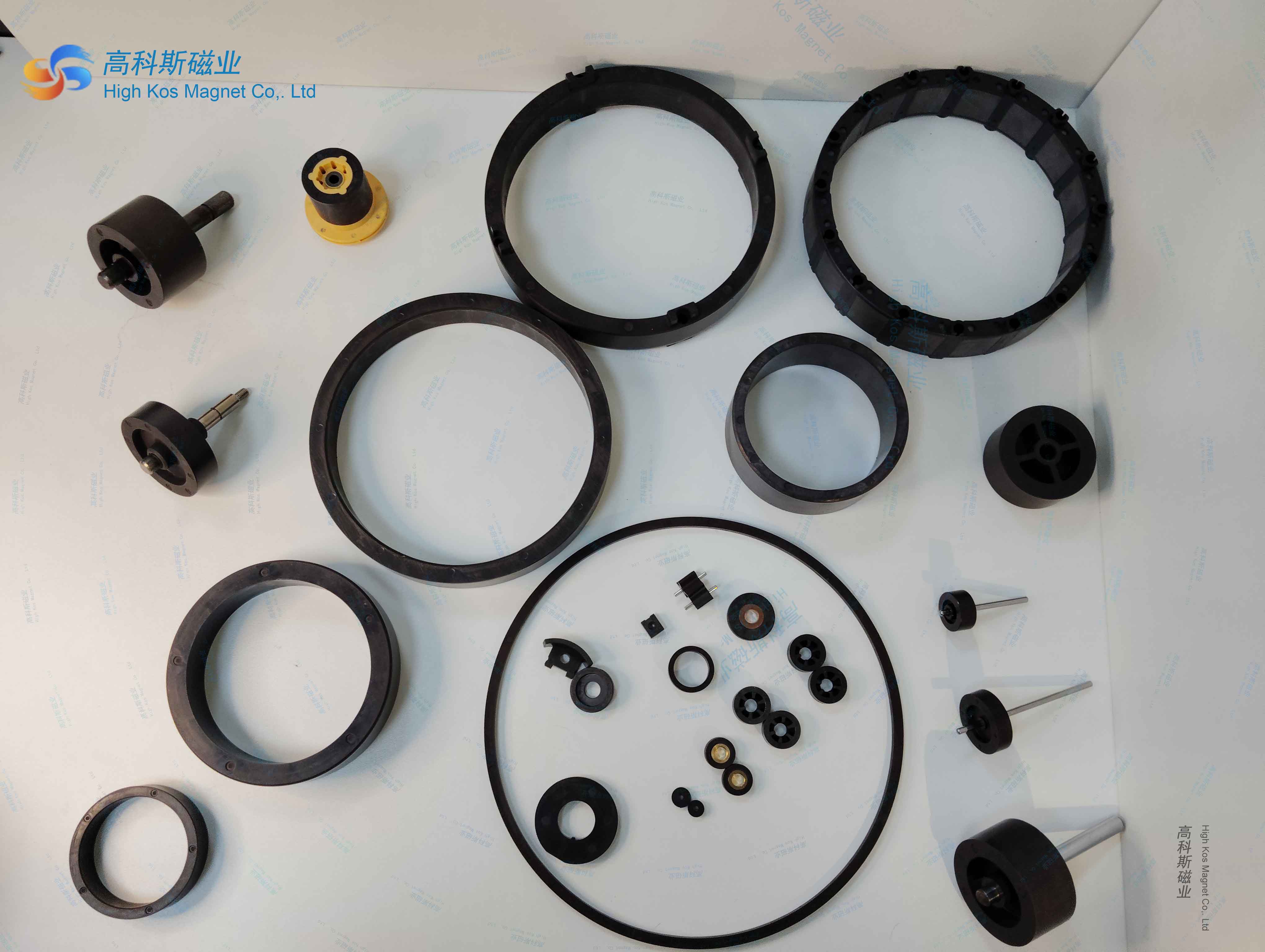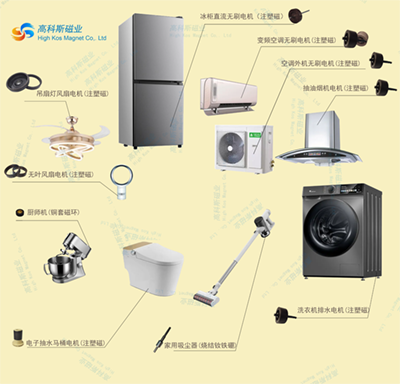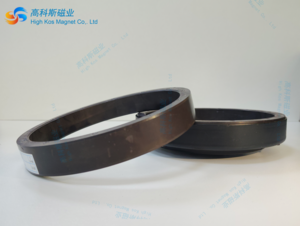Coercivity: Key Characteristics and Measurement Techniques of Magnetic Materials
Coercive force is an important physical quantity for measuring the resistance of magnetic materials to demagnetization.
Its magnitude is influenced by various factors, which not only determine the magnetic performance of the material, but
also play a key role in many application fields. The following is a detailed explanation of the factors affecting coercivity,
measurement principles, and methods.
01 Factors affecting coercivity
(1) The coercivity of the material itself is closely related to the properties of ferromagnetic materials, and is also
affected by the original magnetization strength of ferromagnetic materials. There are significant differences in the
coercivity of different magnetic materials. For example, when manufacturing transformer cores or electromagnets, it is
crucial to choose materials with low coercivity (such as soft iron, silicon steel, etc.) to ensure that the magnetism can
quickly disappear after the current is cut off; When manufacturing permanent magnets, materials with high coercivity
(such as aluminum nickel cobalt, etc.) need to be selected to preserve their magnetism for as long as possible and
prevent it from easily fading.
(2) The grain size is closely related to the change in coercivity and grain size in magnetic properties. For conventional
magnetic materials, the smaller the grain diameter, the higher the coercivity, and the two generally follow the relationship
of Hc∝ 1/D (where D is the grain diameter). This is because as the grain size decreases, the number of grain boundaries in
the same volume of material increases. As one of the sources of resistance to domain wall displacement, the increase in the
number of grain boundaries will further hinder the domain wall displacement process, leading to an increase in coercive
force. However, for nanocrystalline materials, the situation is different. According to the theory of random anisotropy, the
equivalent magnetic anisotropy constant of nanocrystalline materials is related to the grain size, and the smaller the grain
size, the smaller the coercive force.
(3) The influence of defects and impurities (such as lattice incompleteness, dislocations, non-magnetic doping, dispersed
desolvents with different magnetic moments from the matrix, etc.) and impurities on coercivity cannot be ignored. Their
presence can alter the magnetoelastic properties, dispersion field energy, exchange energy, and magnetic crystal anisotropy
of materials, thereby affecting the motion and magnetization process of domain walls. Generally speaking, as the number
of defects and impurities increases, demagnetization nuclei are more likely to form, but at the same time, they also act as the
center of pinning domain walls, hindering their movement and increasing coercivity. However, this impact is more complex and
depends on factors such as the type, size, and distribution of defects and impurities.
(4) Internal stress is another important factor affecting coercivity. The presence of internal stress can alter the magnetic domain
structure and magnetization process of materials, thereby affecting the magnitude of coercivity. Reducing the magnetostriction
coefficient and other methods are effective ways to minimize the effect of materials with difficult to eliminate internal stress on coercivity.
(5) Temperature also has a certain impact on coercivity. Normally, as the temperature increases, the magnetic domain movement
of the material becomes easier, resulting in a decrease in coercivity. However, this effect may vary across different materials and
temperature ranges.
02 Measurement of coercive force
The measurement of coercivity is a key means of evaluating the properties of magnetic materials and is widely used in various
fields such as materials science, physics, chemistry, biomedical science, etc. Accurately measuring coercivity is of great
significance for the research and development, application, and quality control of materials.
(1) The measurement principle of coercivity is based on the magnetization characteristics of magnetic materials under
the action of a magnetic field.
When a magnetic material is placed in an external magnetic field, its magnetization state changes with the intensity of the
magnetic field. By measuring the magnetic induction intensity of materials under different magnetic field strengths,
hysteresis loops can be drawn to determine the magnitude of coercivity. The coercive force is the reverse magnetic field
strength on the hysteresis loop that reduces the magnetic induction intensity to zero.
(2) Measurement method
1. Hysteresis loop method is one of the most commonly used methods for measuring coercivity. Place the magnetic material
in a changing magnetic field, measure the variation of its magnetic induction intensity with the magnetic field intensity, and
draw the hysteresis loop. For example, in the detection of stainless steel coercivity, the hysteresis loop method is mainly used
to determine its coercivity by measuring the hysteresis loop of stainless steel under different magnetic fields.
2. The open circuit testing method is suitable for measuring the coercivity of soft magnetic materials. During testing, the
sample is placed in an open magnetic circuit and gradually increased in reverse magnetic field until the magnetic induction
intensity of the sample drops to zero. The magnetic field intensity at this time is recorded as the value of coercivity.
3. The closed magnetic circuit testing method uses a closed magnetic circuit device for testing and is suitable for measuring
the coercivity of hard magnetic materials. Due to the high coercivity of hard magnetic materials, a stronger magnetic field
is required for testing.
4. Pulse magnetization method is suitable for measuring high coercivity materials. The coercive force is determined by
magnetizing the sample with a brief strong magnetic field pulse and measuring its demagnetization process.
5. Vibration Sample Magnetometer (VSM) is used for testing. This device can accurately control the magnetization and
demagnetization processes of the sample and is suitable for measuring the coercivity of materials ranging from soft to hard
magnets.
6. The Hall effect measurement method determines the coercivity by measuring the Hall voltage change of the sample under
the action of a magnetic field.
(3) Professional measuring equipment such as hysteresis loop meters, vibrating sample magnetometers, Hall effect testers,
etc. are required for coercivity measurement.
These devices typically include components such as a magnetic field generator, sample stage, and magnetic induction
intensity measuring instrument, which can accurately control the magnetic field intensity and direction, and measure
changes in the magnetic induction intensity of the sample.
In summary, the magnitude of coercivity is influenced by multiple factors. In practical applications, it is necessary to select
appropriate materials and process conditions based on specific requirements and material characteristics to achieve the desired
coercivity performance. Meanwhile, accurate measurement of coercivity is crucial for the research, application, and quality control
of materials. Mastering various measurement methods and equipment can provide strong support for the research and
application of magnetic materials.




